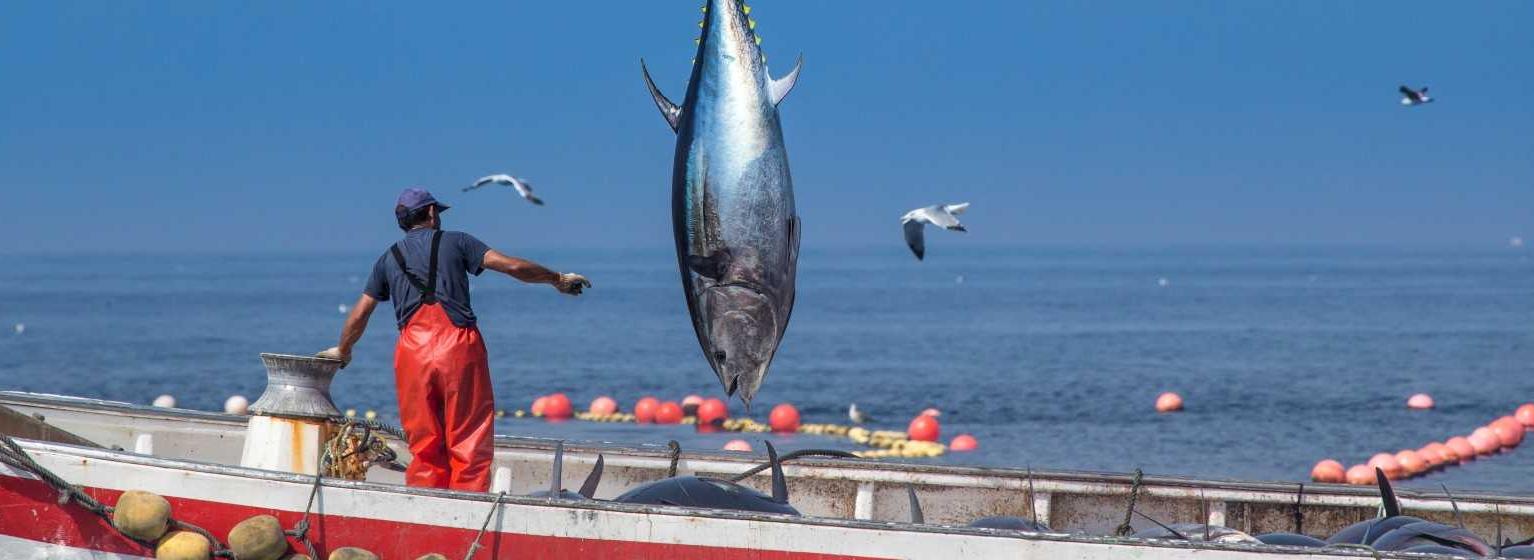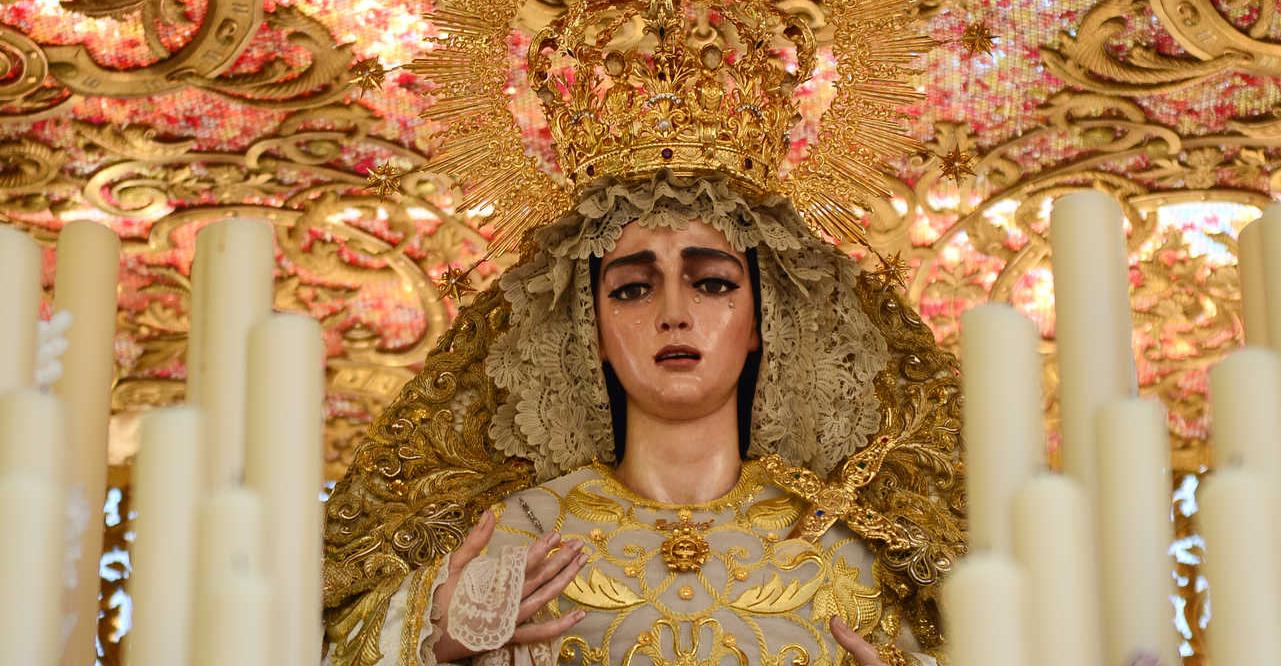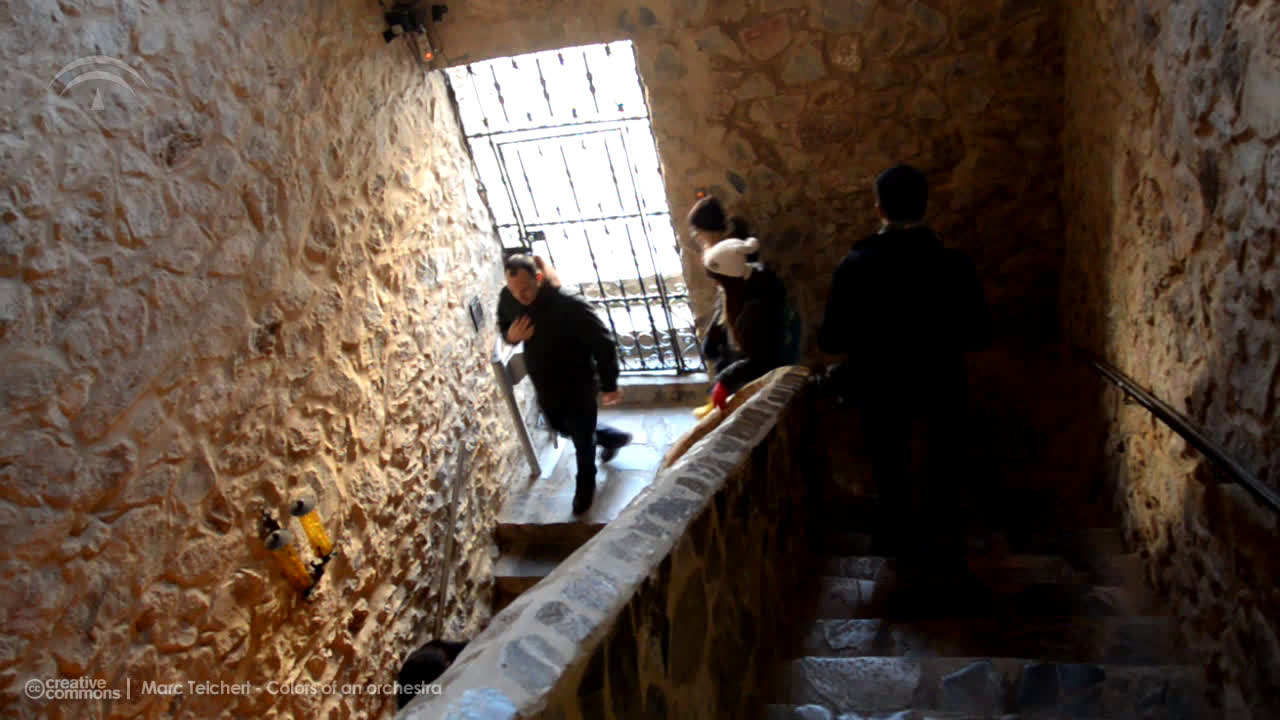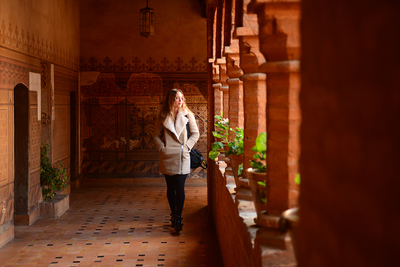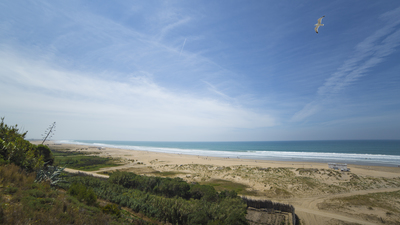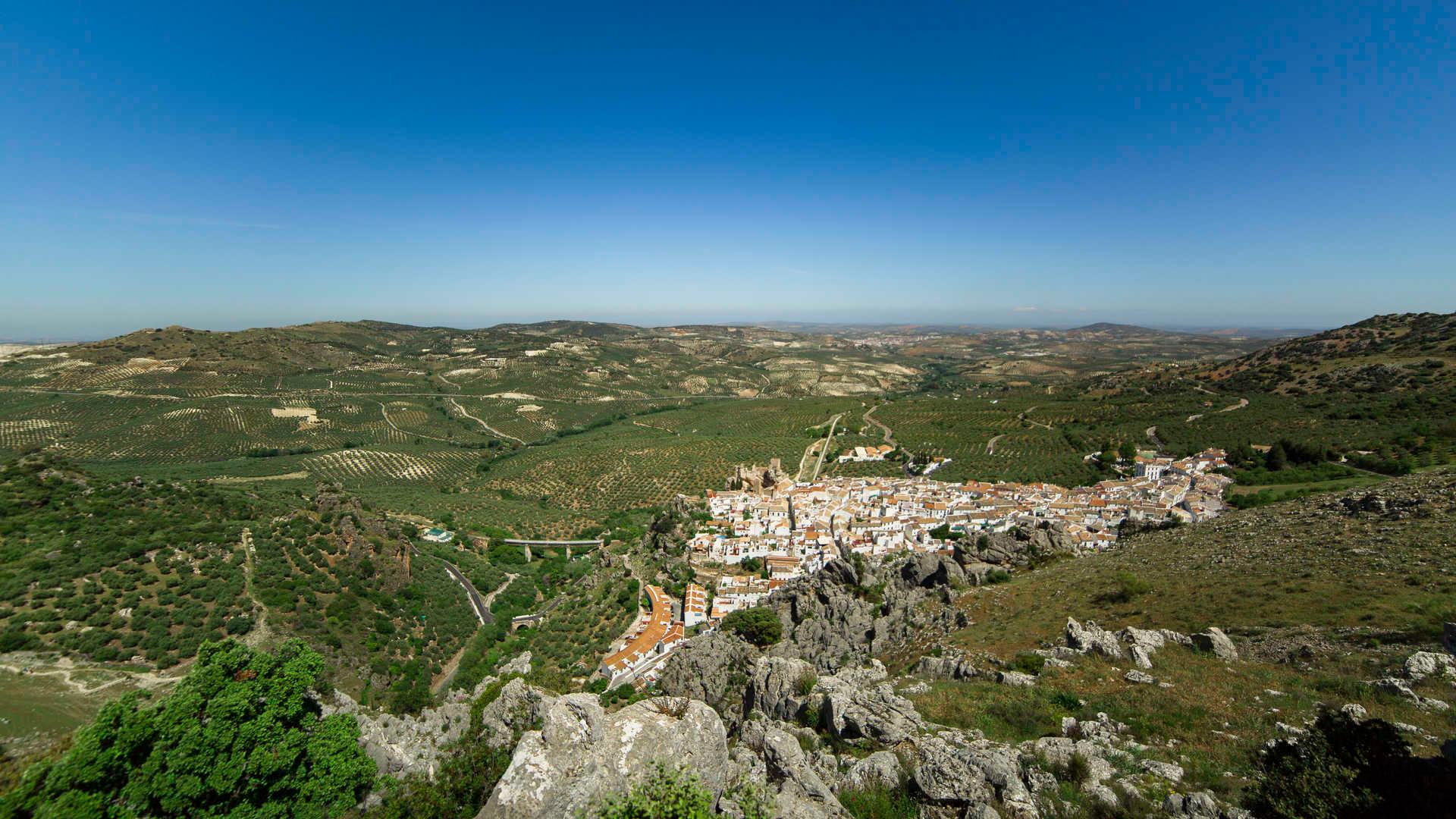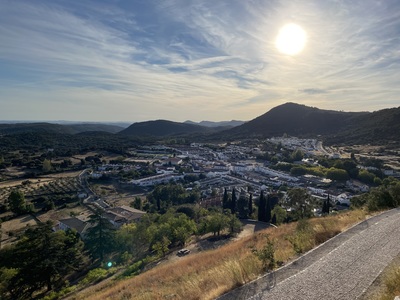Vélez-Málaga craftsmanship
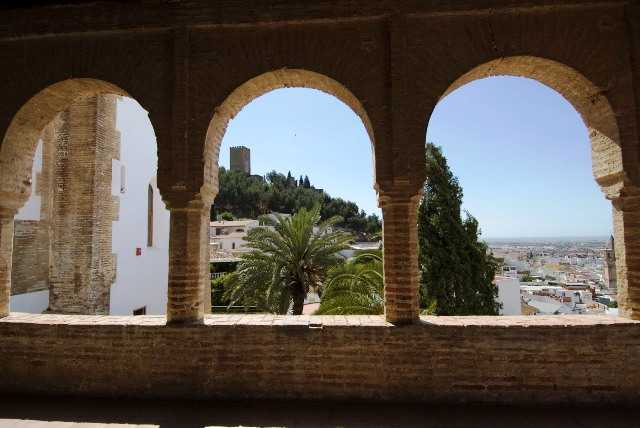
Vélez-Málaga has produced generations of craftsmen who pass on their legacy. The town is classed as an area of artisan interest and includes various workshops for potters, embroiderers, chairmakers, tinsmiths, glassmakers and tanners. Clay modelling also stands out, which has its roots in the Phoenician culture. Pottery from Vélez-Málaga is also important, with mosaics, bricks and slabs.
In total, 14 artisan workshops of different trades have the official artisan mark: 10 construction ceramic and brick workshops, two artistic stained glass workshops, one embroidery and one dressmaking.
Clay art in Vélez-Málaga dates back to the Phoenicians, although it was the Al-Andalus civilisation who really took advantage of the quality of the red clay from Vélez-Málaga to make it their strongest industry: tiles, bricks and construction ceramics. The best examples of artisan pottery from Vélez are bricks, slabs and mosaics. Monuments in the town, such as the Cervantes House, the Beniel Palace, Santa María la Mayor and the citadel are examples of this know-how.
Nowadays, 14 traditional tile factories still manufacture slabs, bricks and decorative items, employing 50 people. The raw materials are clay and ground slate, extracted from nearby quarries.
The process is simple, yet laborious. First, the clay is mixed well and then they make the pieces one by one. Then they are left to dry in the open air, about two or three weeks in summer and a little longer in winter. The most complex stage is firing in huge furnaces. Some pieces stay in there for up to a week. They use locally sourced biomass, such as avocado firewood, almond shells or pomace. Vélez tile factories currently produce around half a million slabs per month.


